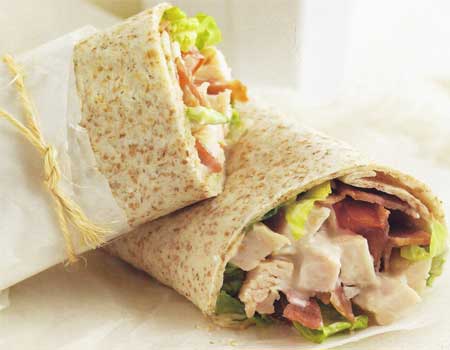
Meat, including all
varieties, forms one of the principal sources of the family's food
supply. Most often, skeletal muscle and associated fat and other tissues, but it may also describe other edible tissues such as offal (also called organ meats). As such, it is valuable chiefly as a food; but, in the form of
broths and extracts made from it, meat stimulates the appetite and
actually assists the flow of gastric juice. Therefore, so that the
outlay for meat will not be greater than it should be and this food will
provide the greatest amount of nourishment, every person preparing it for consumption should be
thoroughly familiar with the place it occupies in the regular diet.
Meat is mainly composed of water and protein,
and is usually eaten together with other food. It is edible raw, but is
normally eaten after it has been cooked and seasoned or processed in a
variety of ways. Unprocessed meat will spoil
within hours or days. Spoilage is caused by the practically unavoidable
infection and subsequent decomposition of meat by bacteria and fungi,
which are borne by the animal itself, by the people handling the meat,
and by their implements.
Meat consumption varies worldwide, depending on cultural or religious preferences, as well as economic conditions. Vegetarians
choose not to eat meat because of ethical, economic, environmental,
religious or health concerns that are associated with meat production
and consumption.
Did You Know?
3 ounces of meat is about the size and thickness of a deck of playing cards.
Proper cooking is just as essential in the
case of meat as for any other food, for a tender, digestible piece of
meat may be made tough and indigestible by improper preparation.
The cheaper cuts of meat, which are often
scorned as being too tough for use, may be converted into delicious,
appetizing dishes by the skilful cook who understands how to apply the various
cooking methods and knows their effect on the
meat tissues.
|







